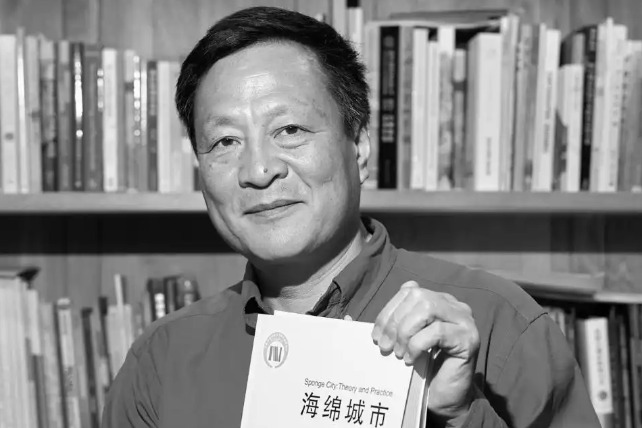Chinese scientists discover colder lunar mantle on moon's far side

Chinese scientists have recently published a significant finding that will enhance our understanding of the moon's history and hemispheric dichotomy — the dramatic difference between its near and far sides.
According to a joint statement released on Monday by the China National Space Administration and the China Atomic Energy Authority, a group of researchers from the Beijing Research Institute of Uranium Geology, a China National Nuclear Corp subsidiary, Peking University and Shandong University have discovered that the lunar mantle on the far side of the moon is "colder" than the one on its near side.
The finding, based on analyzing lunar dust retrieved by China's Chang'e 6 mission from the moon's far side, was published in the prestigious academic journal Nature Geoscience on Sept 30. The research will further deepen the understanding of the moon's hemispheric dichotomy, provide petrological, geochemical and other scientific evidence for the temperature difference in the lunar mantle between the near and far sides, and present key scientific data for research on lunar evolution and the characteristics of the hemispheric dichotomy.
This also marks a new achievement from the cross-disciplinary collaboration between Chinese nuclear and space scientists, following their discovery of the sixth lunar mineral — Changesite-(Y) — in late 2022, it noted.
Located beneath the lunar crust — the outermost layer of a planet, the lunar mantle is the largest component of the moon by volume, and the moon's ancient volcanic activities were formed by the upward movement of mantle materials. Therefore, the internal characteristics of the moon, such as the lunar mantle, are crucial for researching lunar evolution, according to the statement.
Using a combination of methods, scientists analyzed samples brought back by the Chang'e 6 mission, examining minerals including clinopyroxene and plagioclase in the lunar regolith basalt samples through calculation of the crystallization temperature and pressure of clinopyroxene and plagioclase using three different thermobarometers.
To ensure the scientific validity of the results, the team also simulated the crystallization process of Chang'e 6 samples through a petrological model.
The four independent methods yielded consistent results: the crystallization temperature of the basalt samples is about 1,100 C, approximately 100 C lower than that of samples from the near side.
The researchers also reconstructed the chemical composition of the moon's original magma, and calculated the potential temperatures of lunar mantle. They found that the potential temperature of the lunar mantle on the far side is about 100 C lower than that on the near side. In addition, the research team used lunar remote sensing data to conduct verification and analysis on a larger regional scale.
"Collectively, our findings demonstrate that the lunar far side mantle was relatively colder than the near side mantle, consistent with the hemispherical differences in crustal thickness and heat-producing element distribution, and provide constraints on the thermal evolution of the moon and the origin of its global asymmetry," the scientists wrote in their Nature Geoscience article.
Li Ziying, a senior scientist and one of the research leaders, said that studying the physical and chemical differences between the lunar near and far sides not only enables scientists to deepen their knowledge about the moon itself but also offers insights into Earth's evolution.
The Chang'e 6 robotic mission, representing the world's first attempt to bring samples from the far side of the moon, was launched in May 2024 from the Wenchang Space Launch Center in Hainan province.
The mission successfully concluded after 53 days of sophisticated maneuvers, retrieving a total of 1,935.3 grams of samples from the far side.
- China activates emergency response for flood control in Yunnan
- Chinese scientists discover colder lunar mantle on moon's far side
- 350 hikers safe following snowstorm near Mount Qomolangma
- Shanghai rolls out red carpet for furry friends
- Yangtze porpoise swims back from the brink
- Retiree's photos protect endangered species





































